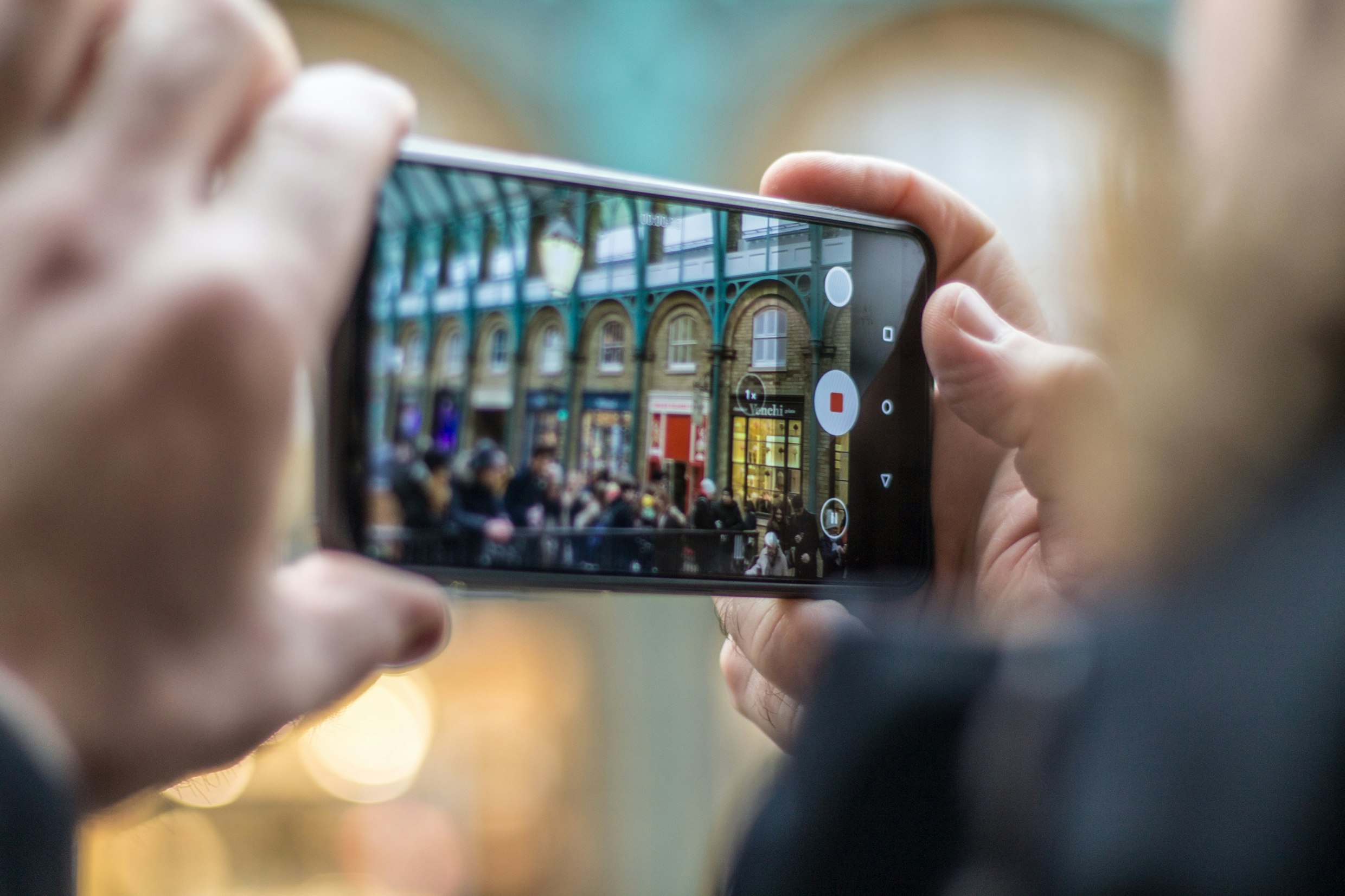
<aside> 📸
“…Brainstorming reinvented…”
</aside>
<aside> 📸
Streetcombing is a simple yet powerful technique to find ideas everywhere, all the time. Just by taking pictures of everything that draws your attention. And asking yourself “what are the underlying principles I can use to generate new ideas.”
1. Hit the streets
2. Pay attention
3. Take pictures
4. Find the underlying principles
5. Generate new ideas.
more on the steps here
Once you’ve learned the Streetcombing technique you can find ideas anywhere, and turn your everyday life into a permanent brainstorm so you really become a walking idea machine.
We’ve taught the technique to thousands of people in talks and workshops in our home country. Now we’re turning international.
</aside>
<aside> 📸

Ideas are the most important currency in the 21st century. We all need ideas all the time. The surprising truth is that Ideas are everywhere around us. But because they are hidden in plain sight, and because we don’t pay attention to the world around us, we don’t notice them. We walk the streets blindfolded as it were.

Streetcombing is a simple yet powerful technique to take off the proverbial blindfold and find ideas everywhere, all the time.
The word Streetcombing is our modification of the more commonly known Beachcombing: looking for things of value on the beach. So in Streetcombing we look for things of value on the streets. In our case: Ideas.
Invented in the Netherlands (where it’s called Straatjutten) Streetcombing is now spreading internationally as a successful alternative tot the traditional brainstorm.
</aside>
<aside> 📸
Instead of brainstorming in boring rooms, drinking bad coffee, and depleting our energy, we get out and about. We hit the streets! Most cities in the world are the richest hunting ground to find new ideas. As long as you also take the next four steps.
Turn your attention to the world around you. Forget about your phone (for a moment) and stop thinking about yesterday or tomorrow. Bring your attention to the here and now, become as curious as a five year old and really experience the world around you.
Take a picture of everything that draws your attention. Without judging it. As soon as you think ‘hey’, you click the shutter of your camera (phone). Don’t try to think about the picture you just took, but bring your attention immediately back to the world around you and see what draws attention now.
</aside>
<aside> 📸
</aside>
<aside> 📸
</aside>
<aside> 📸
</aside>